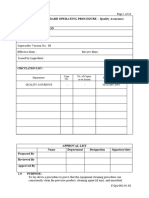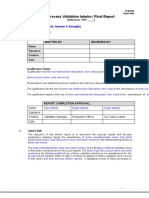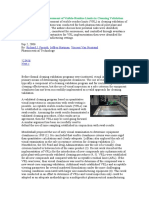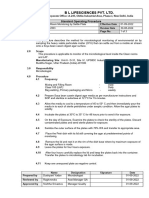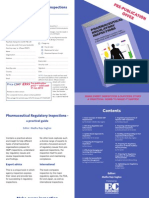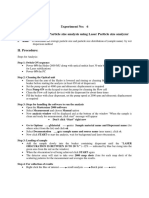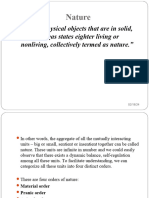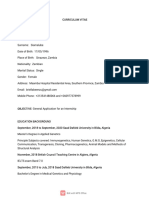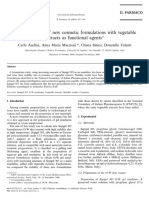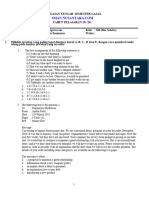50% found this document useful (2 votes)
2K views9 pagesCleaning Validation Protocol TEMPLATE
This cleaning validation protocol outlines the procedures for validating the cleaning of pharmaceutical production equipment. It includes:
1) Details of the equipment to be cleaned and the worst case product manufactured on it
2) The cleaning procedure and agents to be used
3) A sampling plan and analytical methods to test for residues
4) Acceptance limits for visual inspections and residue testing
5) Responsibilities of the validation team
6) Appendices with supporting information like sampling points and worst case determination.
Uploaded by
natavceCopyright
© © All Rights Reserved
We take content rights seriously. If you suspect this is your content, claim it here.
Available Formats
Download as DOC, PDF, TXT or read online on Scribd
50% found this document useful (2 votes)
2K views9 pagesCleaning Validation Protocol TEMPLATE
This cleaning validation protocol outlines the procedures for validating the cleaning of pharmaceutical production equipment. It includes:
1) Details of the equipment to be cleaned and the worst case product manufactured on it
2) The cleaning procedure and agents to be used
3) A sampling plan and analytical methods to test for residues
4) Acceptance limits for visual inspections and residue testing
5) Responsibilities of the validation team
6) Appendices with supporting information like sampling points and worst case determination.
Uploaded by
natavceCopyright
© © All Rights Reserved
We take content rights seriously. If you suspect this is your content, claim it here.
Available Formats
Download as DOC, PDF, TXT or read online on Scribd
/ 9













